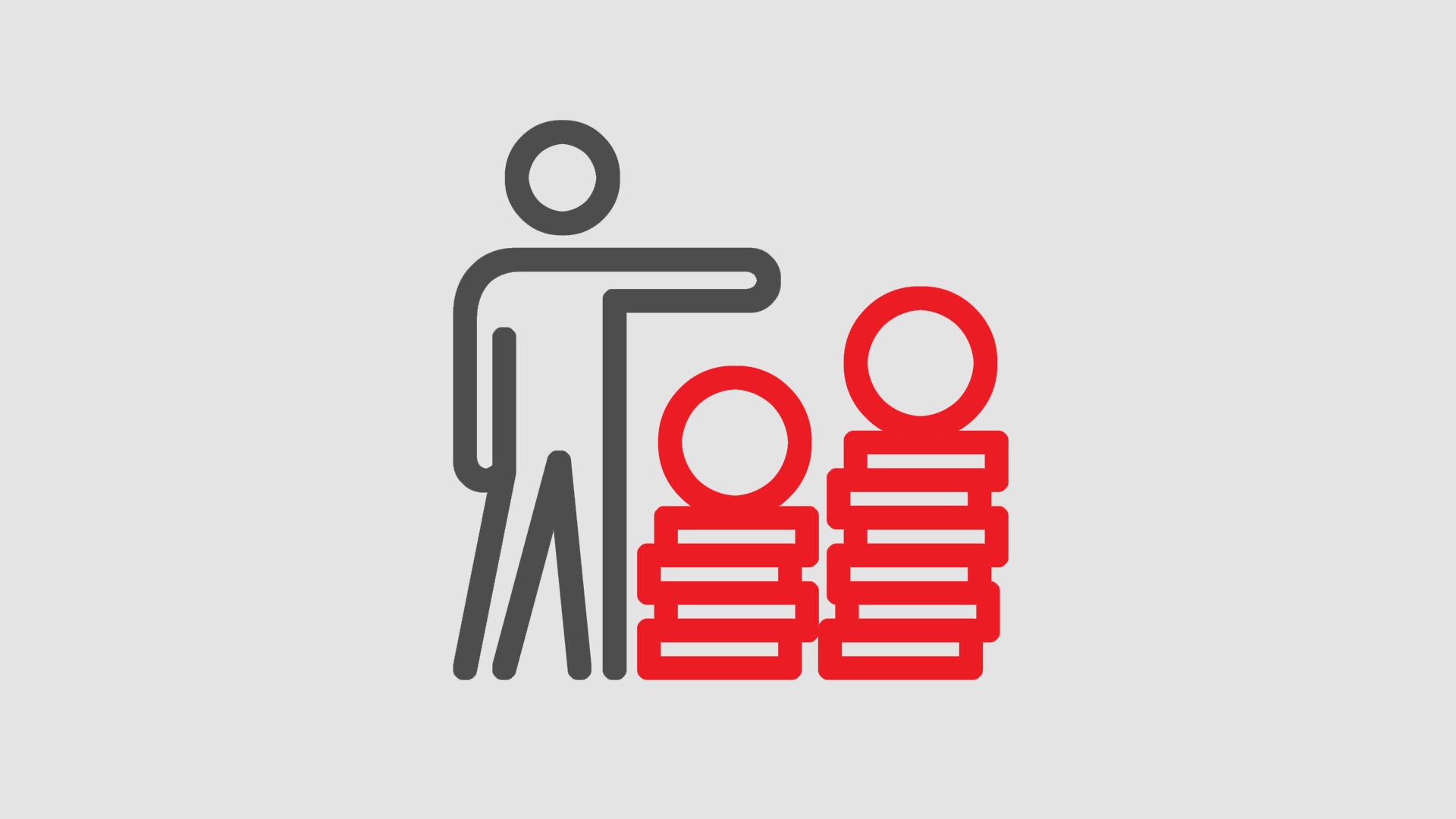Poor leadership can be a silent business killer. Imagine a situation where your best employees are leaving, productivity is plummeting, and your workplace culture feels toxic. Surprisingly, these issues often stem from one source: lousy leadership. This article explores the hidden costs of poor management in businesses and organisations and provides actionable insights for improving leadership practices.
The Impact of Poor Leadership
In the business world, staff retention is a significant challenge. Holding onto talented individuals is crucial for success. However, gifted individuals often choose to leave when poor leadership is at the helm. It’s a well-known saying that “people quit managers, not jobs.” A bad boss can turn a good job into a miserable experience and a bad job into an unbearable one. But let’s be clear: most poor managers aren’t intentionally bad.
Identifying Traits of Bad Managers
Poor management behaviour can manifest in many ways, often leading to detrimental consequences for employees and the organisation. Here are some common red flags to look out for when evaluating a manager’s effectiveness and leadership style.
- Micromanagement: Bad managers excessively monitor and control their employees’ every move, stifling creativity and demotivating the team.
- A One-Size-Fits-All Approach: Instead of adapting their leadership style to individual team members, bad managers rigidly impose their way of doing things.
- Doesn’t Lead By Example: Ineffective managers often delegate tasks without actively participating or demonstrating commitment, leading to a lack of trust and respect from their team.
- Lack Of Empathy: Bad bosses fail to understand or address the emotional needs of their employees, resulting in disengagement and decreased morale.
- Focused On Blame, Rather Than Solutions and Support: Instead of problem-solving and providing constructive feedback, bad managers play the blame game, eroding trust within the team.
- Uses Their Team as Pawns For Their Success: Poor leaders exploit their team’s efforts solely for personal gain, undermining collaboration and team morale.
- Lack Of Focus: Inconsistent goal-setting and frequent changes in strategy create confusion and hinder progress, making it difficult for the team to achieve objectives.
- Takes Credit For Others’ Work: Bad managers steal credit for their team’s accomplishments, demotivating employees and stifling innovation.
- No Respect For Employees: Ineffective leaders disregard their employees’ opinions and contributions, damaging their sense of worth and commitment to the organisation.
- Little To No Self-Awareness: Managers lacking self-awareness fail to recognise their weaknesses, hindering personal growth and the ability to lead effectively.
- A Sense Of Entitlement Rather Than A Sense Of Duty: Bad bosses believe they deserve privileges and respect without demonstrating a genuine commitment to their team’s success.
- Expect All Employees To Be Like Them: Instead of appreciating diversity and individual strengths, bad managers impose their traits and preferences on everyone, stifling innovation and creativity.
Qualities of Effective Managers
Effective managers play a pivotal role in shaping the success of a team and the organisation as a whole. They exhibit specific qualities and behaviours contributing to a positive work atmosphere and enhanced team performance.
- Communication: Effective managers excel in clear and open communication, ensuring that information flows smoothly within the team.
- Being a good coach: They actively support their team members, asking questions and helping them develop solutions rather than dictating orders.
- Confidence: Confidence in decision-making and leadership instils trust and respect among team members, fostering a positive work environment.
- Empathy: Great managers understand and empathise with their employees’ needs, creating a supportive and encouraging workplace.
- Decision-making: Effective leaders make informed decisions that align with the team’s goals and overall organisational success.
- Empowering the team: They trust their team members to take ownership of their work and empower them to contribute their best efforts.
- Setting clear expectations: Great managers provide clear and achievable goals, ensuring team members understand their responsibilities and performance expectations.
- Emotional intelligence: They can navigate and manage emotions effectively, fostering strong relationships and team cohesion.
Taking Action
Destructive leadership will be costly, both in terms of human well-being and the bottom line. As business leaders, assessing and improving our leadership practices is crucial. Here’s how you can start:
- Self-assessment: Reflect on your leadership style and identify areas for improvement.
- Leadership development programs: To nurture your managerial skills, invest in leadership development programs.
- Seek feedback: Encourage honest feedback from your team and peers to understand their perspectives.
- Mentorship: Consider seeking mentorship from experienced leaders who can guide your growth.
- Lead by example: Research and then demonstrate the qualities of an effective manager, including empathy, clear communication, and decisiveness.
In the end, remember that people don’t leave companies; they leave bad managers. The cost of poor leadership goes beyond monetary losses; it affects your company’s culture, employee well-being, and, ultimately, your business’s success. By recognising the traits of bad managers and striving to embody the qualities of influential leaders, you can steer your business towards a brighter and more prosperous future.
Now is the time to assess your leadership skills and take proactive steps to improve. Don’t let poor leadership cost your business more than it should. Invest in leadership development, foster a positive workplace culture, and watch your business thrive.

